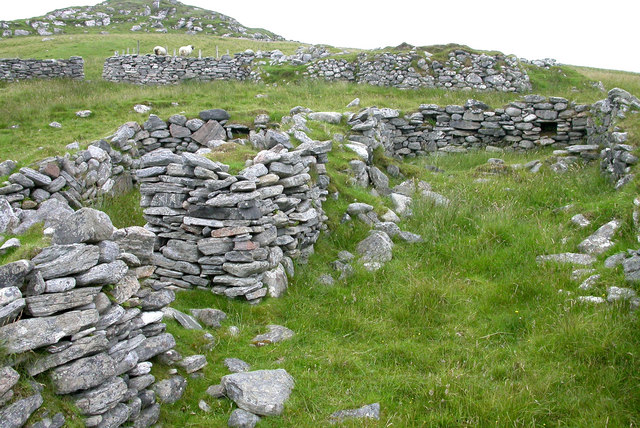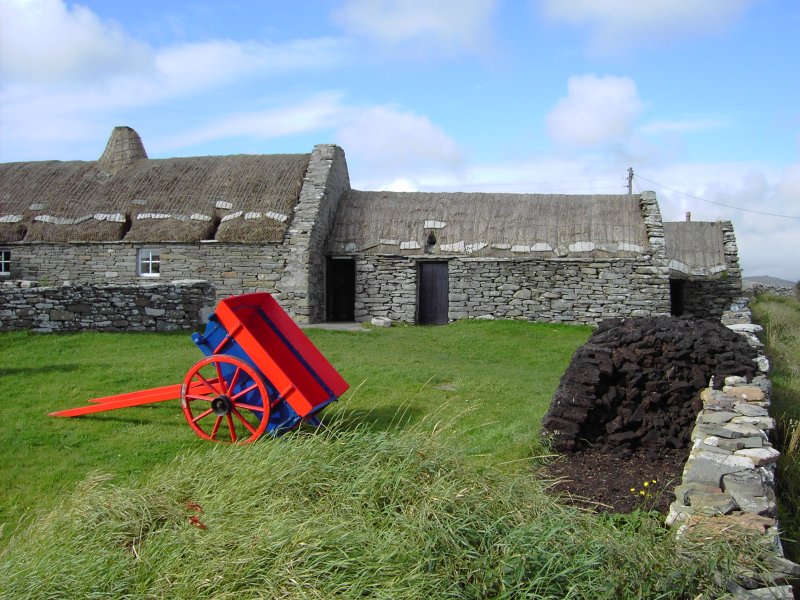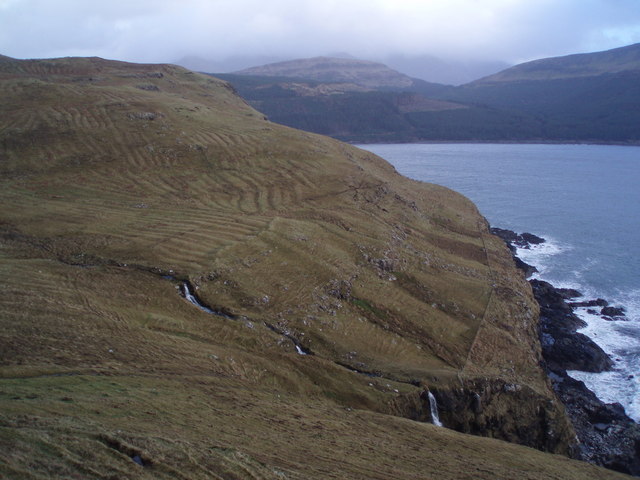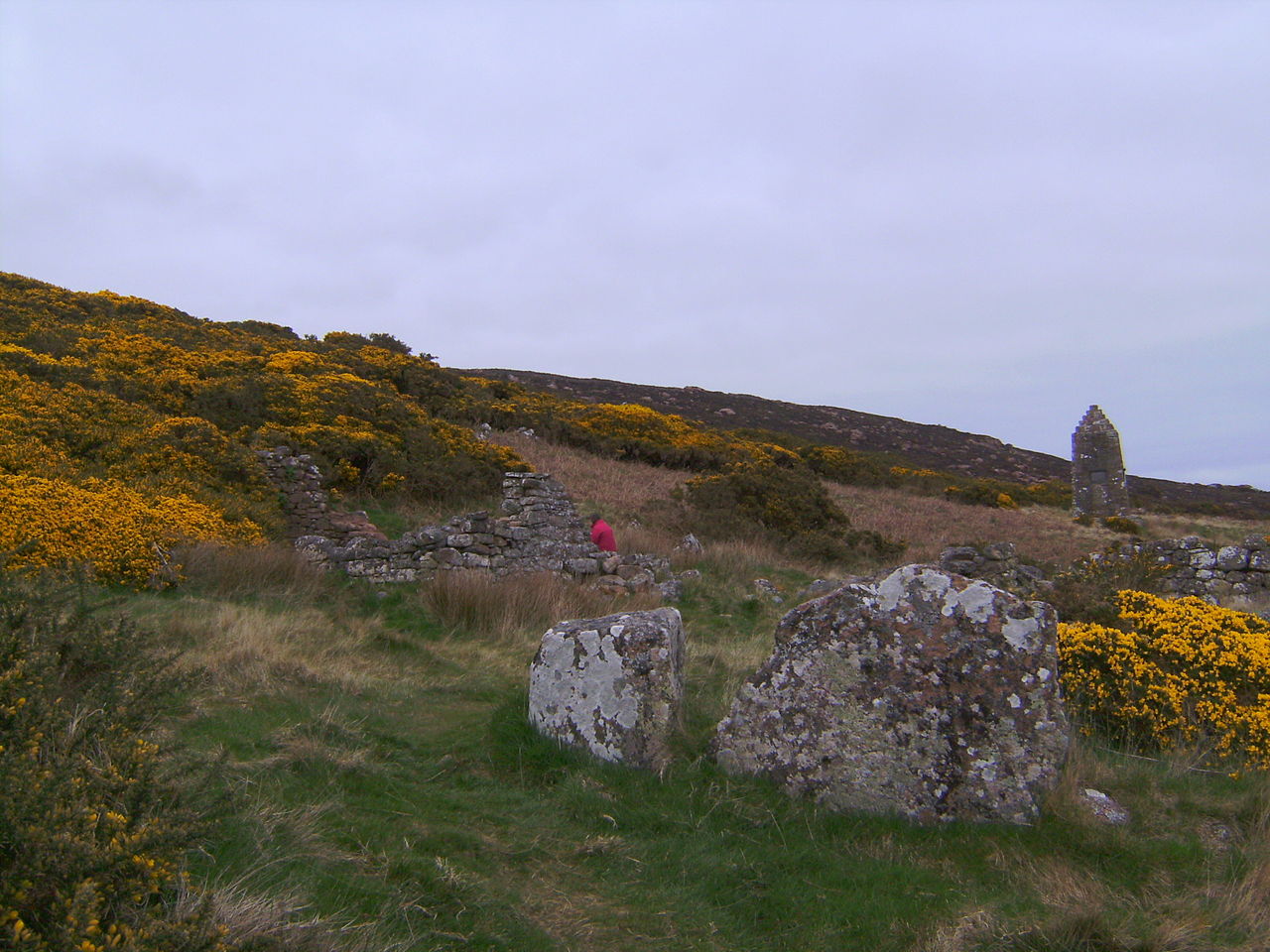
AsianOverland.net
Tour Guide - Itinerary
Asian Overland Sydney to London
Started 22/06/2022 Finished 21/06/2023365 Days ITINERARY
Day 169 date 07/12/2022EDINBURGH to SCOTTISH HIGHLANDS
ASIANOVERLAND.NET SYDNEY TO LONDON DAY 169: EDINBURGH TO SCOTTISH HIGHLANDS, SCOTLAND
Since their origin in the early Middle Ages, clans were the major social unit of the Highlands. They were headed by a clan chief, with members of his family taking positions of authority under him. Clanship gave protection and agricultural land to the clansmen, who in return paid with service and rent which was paid mostly in kind (not money). Service included military service when required. The Highlands were parts of Scotland where law and order were not maintained by central government.
The disparity between the wealth of the merchant classes of the Scottish Lowlands, Edinburgh and Glasgow, and the ancient clans of the Scottish Highlands, grew over the centuries.
Following the Union with England, thousands of Scots, mainly Lowlanders, assumed positions of power in politics, civil service, the army and navy, trade, economics, and colonial enterprises and across the British Empire.
In the Highlands, clan chiefs gradually became more commercial landlords than leaders of their people.
The Highland Clearances were the evictions of tenants in the Scottish Highlands and Islands, mostly from 1750 to 1860. Landowners initially used the word "removal" to refer to the eviction of their tenants. However, by 1843, "clearance" described the activities of Highland landlords.
The first phase of the Highland Clearances resulted from landlords increasing their income. This involved the enclosure of the open fields and shared grazing. These traditional uses of the land were replaced by large-scale pastoral farms where much higher rents were paid. Some of the displaced tenants were employed in industries such as fishing, quarrying or the kelp industry. Their reduction in status from farmer to employee caused resentment.
The second phase involved overcrowded communities from the first phase that had lost the means to support themselves, through expulsion, famine and/or collapse of industries. Landlords moved to the more draconian policy of expelling people from their estates. Forced eviction or "assisted passages" were common, and landowners paid the fares for their tenants to emigrate. This was increasingly associated with 'assisted emigration', in which landlords paid the passage of 'redundant' families in their estates to North America and, in later years, to Australia. Tenants who were selected for emigration had, in practical terms, little choice but to emigrate. The Highland Potato Famine struck towards the end of this period, giving greater urgency to the process.
The eviction of tenants went against the principle that clan members had an inalienable right to occupy and rent land in the clan territory. These rights were gradually abandoned by absentee landlords and clan chiefs as they became commercial landlords, rather than patriarchs of their people.
Clearance and emigration removed the “excess” population of the Scottish Highlands permanently. The new Highland landowner class and the remaining wealthier hereditary landlords supported emigration of their tenants. The result was that almost 11,000 people were expelled and provided with "assisted passages" by their landlords between 1846 and 1856, with the greatest number transported in 1851.
A further 5,000 emigrated to Australia between 1852 and 1857, through the Highland and Island Emigration Society. To this should be added those who paid their own fares to emigrate, and many more assisted or transported by the Colonial Land and Emigration Commission, through which the British Government provided funds. This was the agency that the British Government created to sponsor emigration to Australia, but which did not favour families, preferring to select young single adults.
The remnants, ruins and remains of hastily abandoned croft houses, villages, longhouses, settlements and farmlands can be seen across much of the Highlands and Islands. Some of them had been continuously inhabited by Highlanders since prehistoric times until their hasty clearance in the mid-19th century.
© This work is copyright. Apart from any use permitted under the Copyright Act 1968, no part may be reproduced by any process, nor may any other exclusive right be exercised, without the permission of Peter Searle, peter@portseavillageresort.com; 1980-2024.
Website built by Justin O’Dea www.webdeveloperdocklands.com.au






.png)

